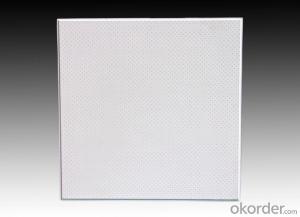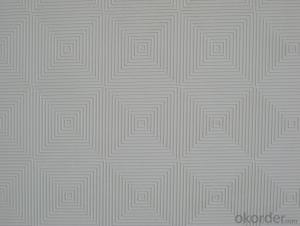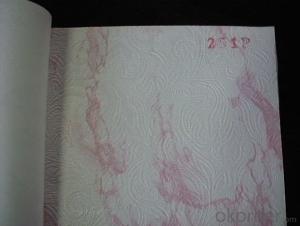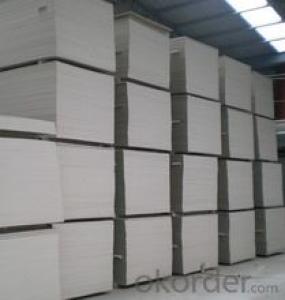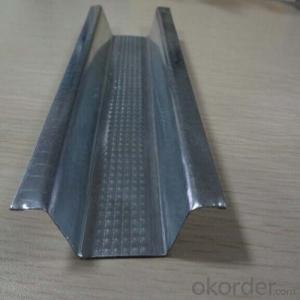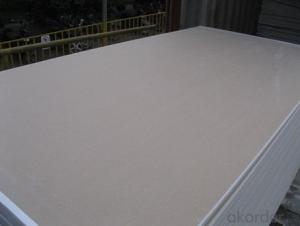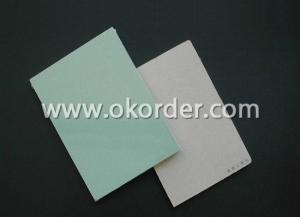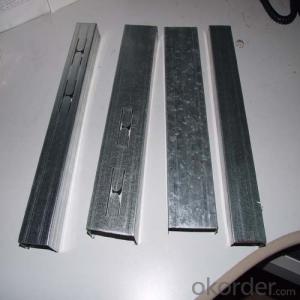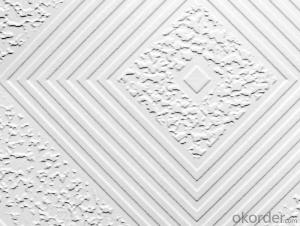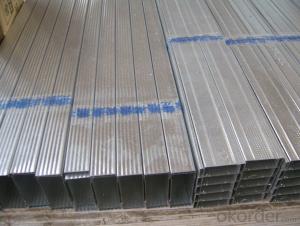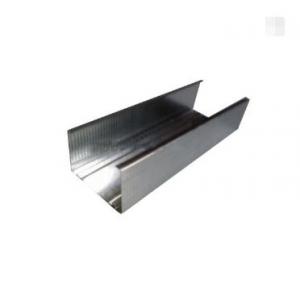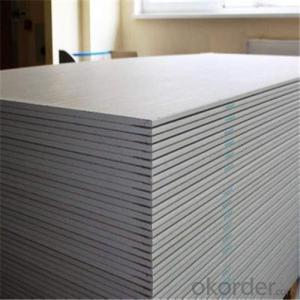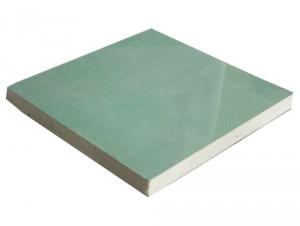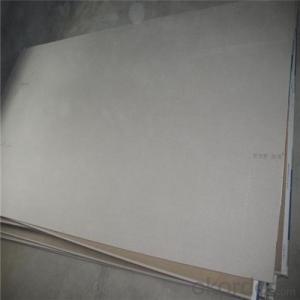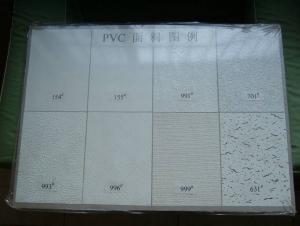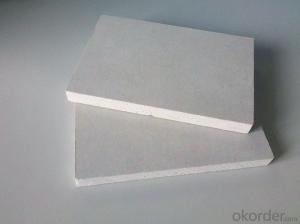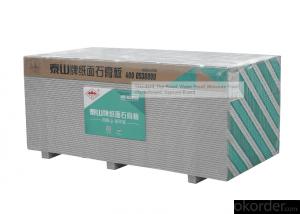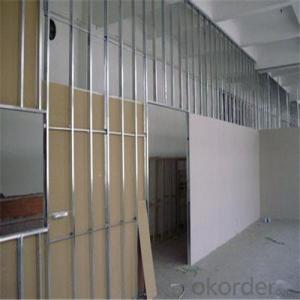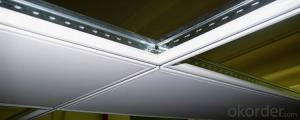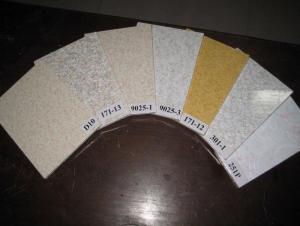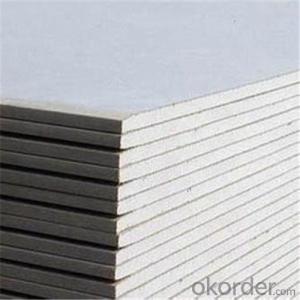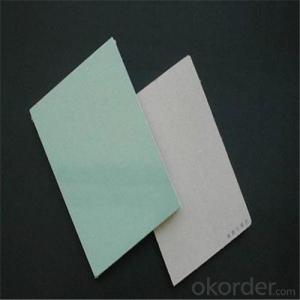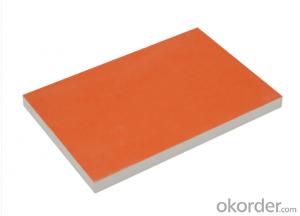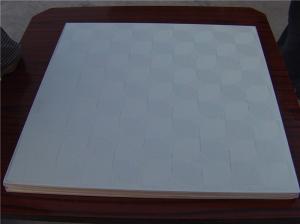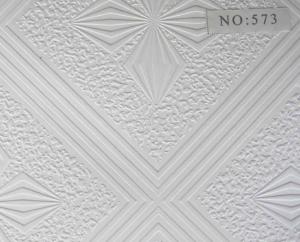Wicks Plasterboard
Wicks Plasterboard Related Searches
Best Paint For Stainless Steel Paint For Galvanized Steel Steel Frames For Furniture Self Tapping Screws For Steel Surface Grinding Wheels For Hardened Steel Hole Saw For Stainless Steel Paint For Stainless Steel Stainless Steel For Bbq Step Bit For Stainless Steel Sponge For Stainless SteelHot Searches
Tilt Panel Props For Sale Hdf Board For Sale sintra board for sale Gypsum Board Price Per Sheet In India 5 8 Type X Gypsum Board Price Gypsum Board Price Per Sheet Gypsum Board Partition Wall Price India Polyurethane Insulation Board Price Pre Laminated Board Price List Solar Inverter Pcb Board Cost Of Drywall Per Sheet 18Mm Ply Board Price Ply Board Price List Partex Board Price List Solar Panel Inverter Suppliers Hdf Board Price India 19Mm Ply Board Price Q Cells Solar Panel Prices Hpl Board Price Magnum Board PriceWicks Plasterboard Supplier & Manufacturer from China
Okorder.com is a professional Wicks Plasterboard supplier & manufacturer, offers integrated one-stop services including real-time quoting and online cargo tracking. We are funded by CNBM Group, a Fortune 500 enterprise and the largest Wicks Plasterboard firm in China.Hot Products
FAQ
- i whant to know what the process is to measure up a job of a basic house for plasterboard off the plan. and how to order the right sized sheets for the job.thanx!
- Plasterboard/ sheetrock comes in 4x8 & 4x12 ft sheets 1/2 to 3/4 inch thick.. 4x12s are usually railroaded ( applied horizontally) but are heavy & harder to handle in small residential spaces. Also take into account doubling up if the plans call for fire rated walls or clgs in furnace enclosures or attached garage space. Measure each individual wall surface to the scale of the drawing or pick off written dimensions & divide by 4 if applying vertically in an area w/ an 8 ft clg. Eg a 12 x 16.room will need 14 sheets for walls & 6 sheets for clg. 1/2 thick or better for walls & 3/4 for clgs Wall length total ..12+12+16+16= 56 ft divided by 4= 14 Ceiling area .12x 16= 192 sq ft ( area of ech 4x8 =32sq ft) 192 divided by 32 = 6 In residential construction door & window openings are not figured in unless they are very wide & tall. Measuring too closely can cause you to run short esp if a wall dimensions run out greater than even multiples of 4 & you can consider anything over to be a full sheet & use the cutoff in another space. Your supplier can give est on taping compound , joint tape & fasteners based on your order. Wall & clg sq footage is also used to est paint . wallcovering & floor covering requirements Best regards
- I have some old style plasterboard in my house and I was wondering if there is any good way to smooth it out so it matches my new drywall? I'd rather not have to take it down but if it comes to that i'll do it. I am going to be texturing the new drywall. Could I just spray the texture on the old stuff and maybe hide it enough to get by?thxJoe
- Its easier and cost efficient to take down the plaster and put up drywall. In the future any repairs you need you wont' have to deal with the mess and hastle. It will also give you a chance to look at any problems lying around that you can fix now. Plaster has a different texture and its thicker than drywall, so you will have a time trying to taper out the edges where its not noticable.
- The top room in my house has got a ceiling in pretty bad shape. The house roof is ok, but over time the pressure has created a myriad of small cracks. Filling them up one by one is a huge job, so I have two choices: 1) apply a new plasterboard to the ceiling. 2) re-do the ceiling, take off the old one and put a new one.1) sounds an easier solution, but the builder wants to do 2) to avoid cracks reappearing. What would you recommend?
- You should first investigate when and why these cracks appeared. If it's recent, you could end up with cracks in the new wallboard. If they've been there for years and have not gotten worse recently, you'll be o.k. to proceed--and I agree that new wallboard over the old (plaster? or wallboard?) could be the best solution. use drywall screws, not nails, in order to avoid nail pops. Remember to add an extension ring or reposition any ceiling light fixtures to meet the new surface depth. One reason to take it all out and start over is that you could then easily insulate the ceiling-- and ceiling insulation is one of the best returns on your investment for reducing heating & cooling costs.
- down. The writing on the back says that i cannot plaster on the side that now faces the floor. What can i do. I have fitted recessed spotlights and now need to make good the surface, ie plaster ready for painting. Can i still do so after maybe pva'ing / bonding the surface?
- Just seal with PVA 5:1and add the same to the finish mix
- How is the Lafarge gypsum board?
- Fame is very large, as long as the genuine quality is generally no problem
- Can I mount a 40 inch TV onto a plasterboard wall?
- It depends on what's behind the plasterboard, and if the TV is designed to be hung up like this. We wanted to do this with our flatscreen TV, so we got a mount to put it up like that. But the back of the TV didn't seem to have solid points to attach to. I called the manufacturer, and they said that if I tried to hang that model, it WOULD VOID THE WARRANTY. There was no safe way to hang that particular model. So - if you do have a TV that can be mounted on the wall, you need to find out what's behind the plasterboard. I have never been to the UK, so I don't know their building methods, so this may or may not be useful for you. If the house was built with standard wood framing, you need to find the studs. Go to a hardware store or home improvement store, and buy a stud finder. I've linked to one manufacturer below, but there are many. Once you find one, drill into the wall to be sure you are located on the stud. If you don't get wood or sawdust, but only plaster, you're in the wrong spot. Another way is to look at where electrical outlets are mounted. Those are usually nailed to the studs, so if you look on a vertical line just to the left or right of the outlets, you should find one. From that point, follow the directions on the rack or mount that you purchased.
- What is the drawback of the gypsum board?
- After flooding easy to yellow, careful water is no problem



